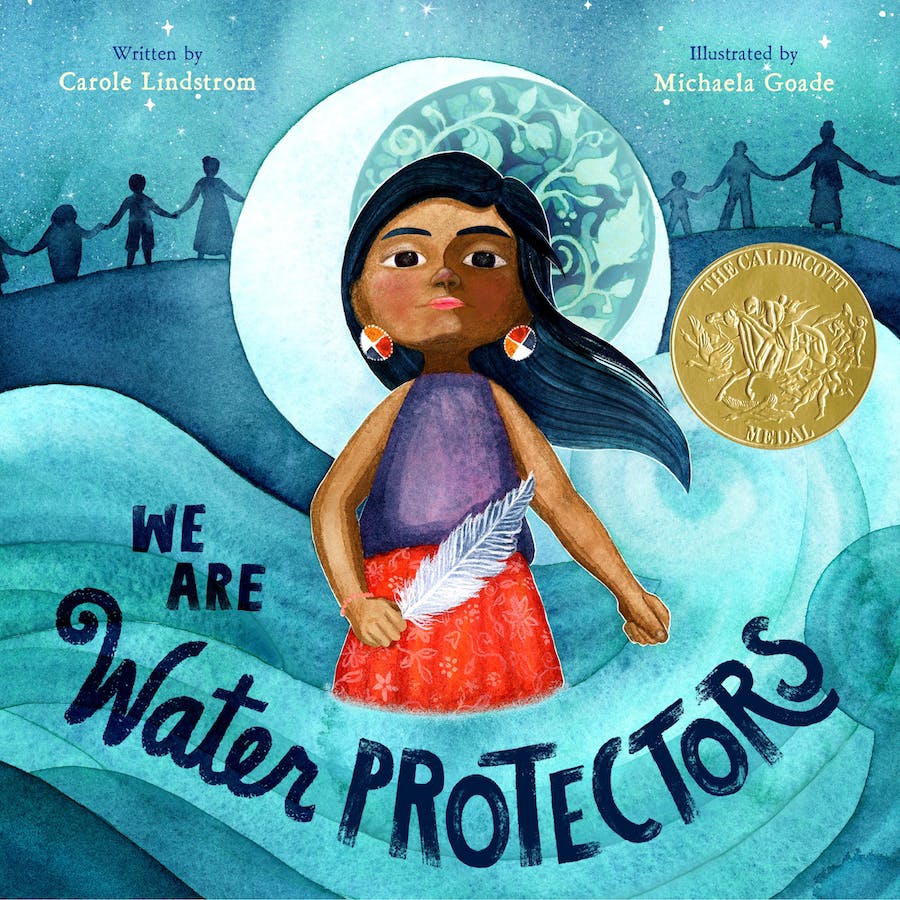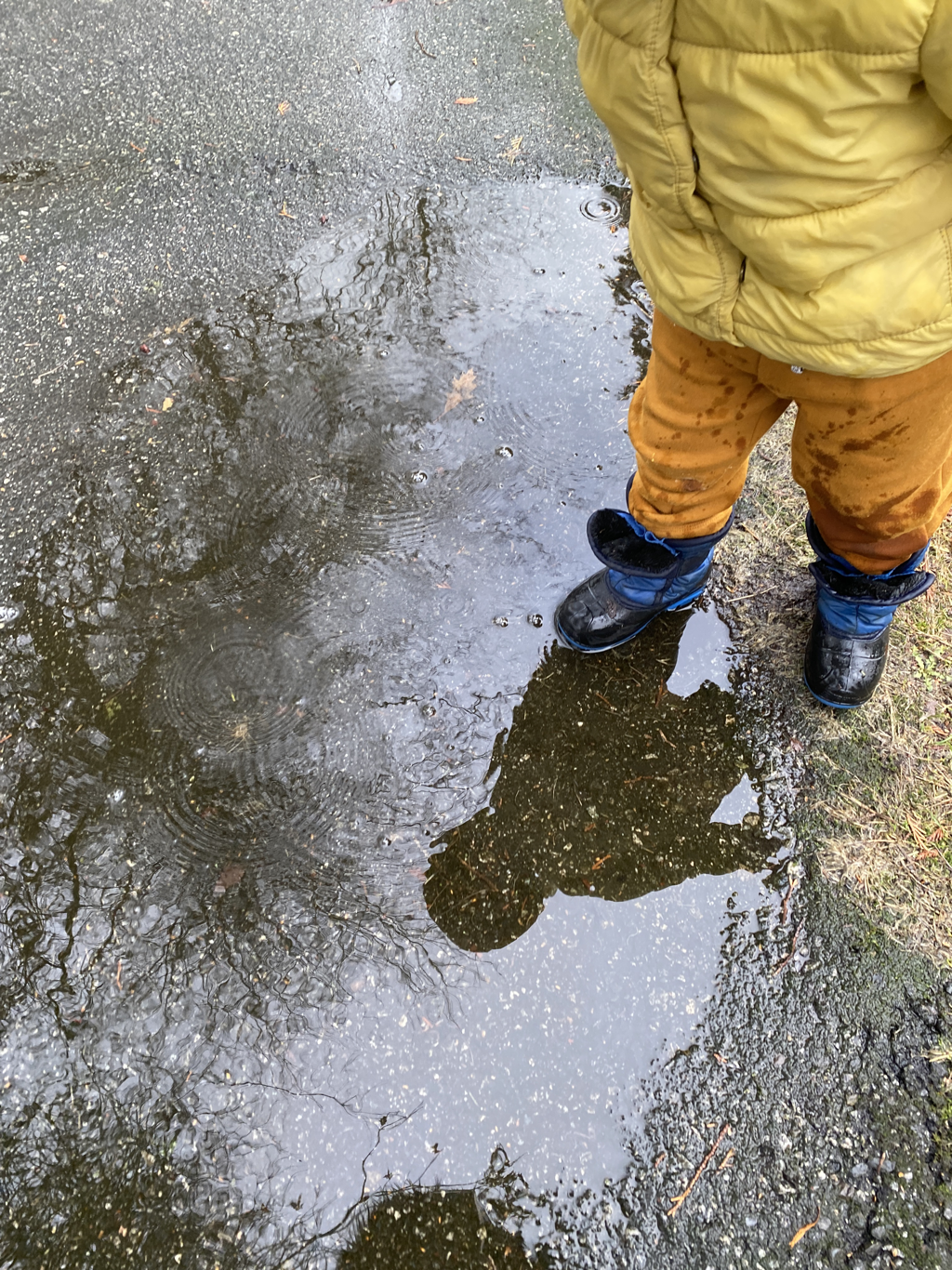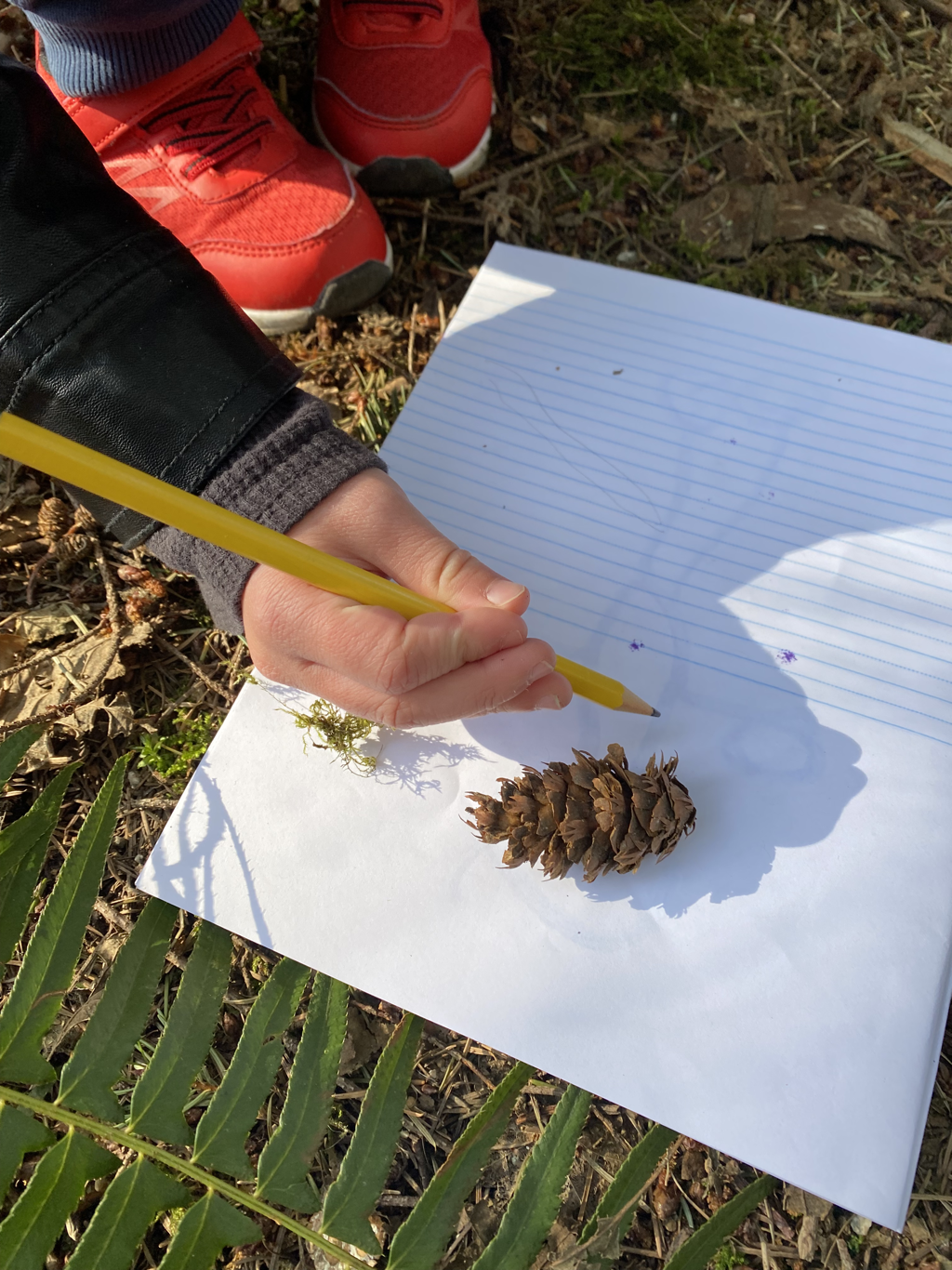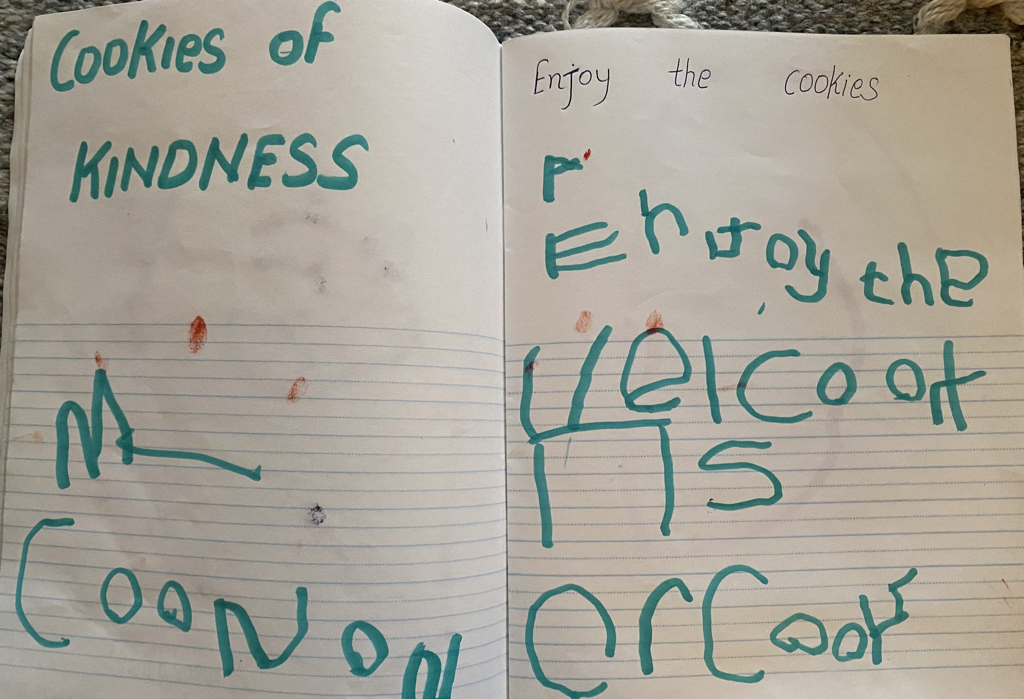|
Inspired by the many Indigenous-led movements across North America, We are Water Protectors issues an urgent rallying cry to safeguard the Earth's water from harm and corruption - bold and lyrical picture book written by Carole Lindstrom and vibrantly illustrated by Michaela Goade. Water is the first medicine. It affects and connects us all ... When a black snake threatens to destroy the Earth And poison her people's water, one young water protector Takes a stand to defend Earth's most sacred resource. Reflecting on the above story helps us think of the importance of water in our life and the Earth. We brainstorm of the following questions to think of our own actions and understandings -
Hudson is observed to adopt a similar approach to the water under the drain cover. He likes to make a point to say, "Hi" by looking down through the gaps on the cover. While bending lower, he makes an intense observation on what's happening underneath. By doing this, it may allow him to make connections between what he observes and the reflections of himself in the water. When we experience our narrative of our own learning journey, we can pause to deliberately be in the present moments to ponder on our wondering.
Doing so encourages us to identify ourselves as purposeful learners, not just with academic requirements to fulfill, and further empowers us to take learning into our real-life experiences. Referring to our photographic references fosters our thinking to process, to marvel back to the experiences we have encountered. Several studies suggest we are visual learners to some extent. This means we should be encouraging ourselves to use visual graphics to supplement learning as often as possible. As learners, we understand concepts better if we have a visual association. What changes can we see here, Elie? Elie: Some little sprinkles. What do the little sprinkles look like? Elie: Like rain. I am making raindrops, puddles (while her hand keeps on swaying the little branch side to side) and then the rain's getting hard. In our experiment to encounter the above question, we let our fingers to come close into a pool of shallow warm water. It doesn’t take long for us to let our hands sink in the shallow water. In our further search to find our shadow or reflection, we can’t help for our heads to keep on lowering down … and even further down … till our faces reveal the immense joy of feeling water. Felix and Brooks were working on the light projector by engaging materials and hands. Felix is observed to be trying to place his right hand onto the source of light. During this experiment, he may try to develop an understanding on what happens to the path of the light rays when an opague object ("my hand") blocks them from coming toward. During our time together we explore the reflections of our many ways to engage our our bodies to taking care of our environment. There is a question posed by a friend, "Why do we need to take care of our environment?" The above question may sound simple. However, it is not as simple as we think. This concept of thinking of our own question may bring us far to be reflective. How do our daily practices help us think of our actions and what possible reactions may return to us? Is there any relationship between reflections and changes? We may leave the above question sit here for a while to let us step back from our everyday lives and reflect. We want to pay attention not only to what we do and why, but also how we feel about it. Kindest,
Children & Friends.
0 Comments
Leave a Reply. |
No part of this publication may be reproduced, distributed, or transmitted in any form or by any means, including photocopying, recording or any other electronic or mechanical methods, without the prior written permission of the publisher.
Archives
July 2024
|



